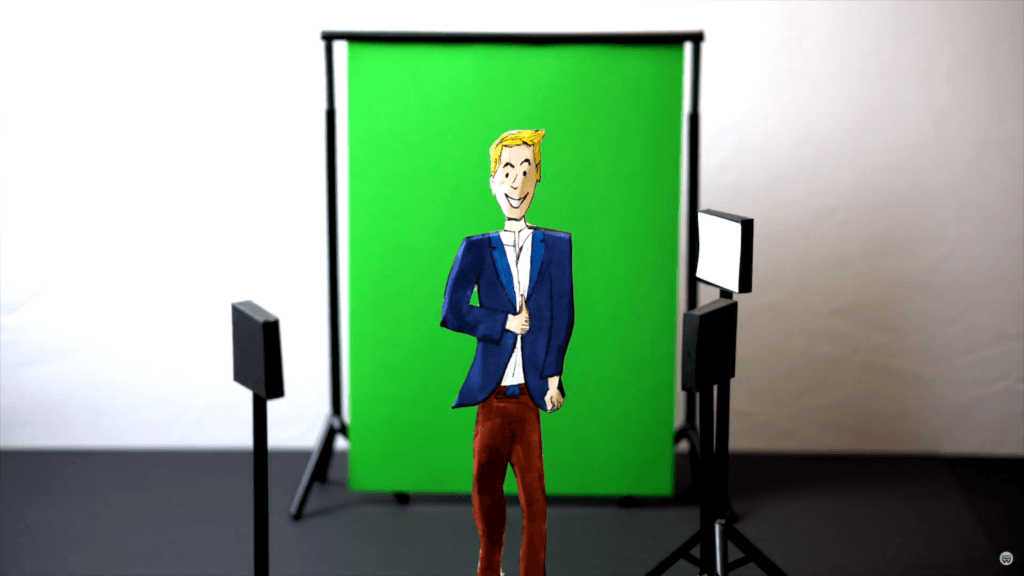In addition to the actual content, the way you present your story also comes into its own when you tell it. With this checklist you can check and optimize your voice and body language to suit your speech.
Rhetoric Checklist for lively appearances
Your body language should be as natural as possible. Rehearsed gestures and postures are the opposite and make you look unbelievable. Your body communicates all by itself when you are present during your narrative and only underlines what is already there.
Your Body Language Never Lies
If you tell your story with emotion, your body reacts to the thoughts that occur during it and communicates them in the form of movements. Professional actors know how to manipulate and influence the process. Storytellers or speakers, on the other hand, simply rely on their personality, which automatically takes over the communication for them.

- Rehearsed gestures make storytellers appear unnatural
- A clip-on microphone allows free hand movements
- Smile and emotional storytelling is best done without stress
- Movements are easier when you are relaxed and relaxed
- Let your tension flow through your hands, because…
- The hands provide information about your relaxation level – let them be visible without training or highlighting them
- Take advantage of the space your camera lens offers and enjoy the space.
- Fill the stage when the situation presents itself during the narrative and it makes sense at the same time. But make sure that you have a firm footing when speaking.
- See the camera lens as a good friend who is happy about your story.
- Your eyes reveal your feelings: If you are irritated during your narrative, your listener wants to know the reasons. Speak to them then or avoid them arising at all when they are not part of the show.
- Exaggerated gestures, such as hitting the table, can be used like voice imitations to make certain passages entertaining.
- Sparkling eyes are the best thing that can happen to a storyteller. They quickly spread to the audience.
Your Voice Is Your Filter
Your voice makes your story blossom regardless of its content. It reveals your willingness to communicate and your commitment as a narrator without having to be seen. Through deliberate exaggerations and pattern interruptions, your story becomes entertaining. Use your voice as a tool rather than a means to an end!

- Make sure your audience understands you and your language matches your personality.
- Vary the sound of your voice like Steve Jobs, who emphasized the sentences in his multi-octave presentation
- Your enthusiasm depends on your will to communicate.
- Use pauses or conscious exaggerations such as voice imitations to make your narrative vivid
- Adjust your voice to the mood of your content by influencing it through volume and speed
- Use pattern interruptions, such as a scream or absurd noises, to shake or shock your listeners awake.

